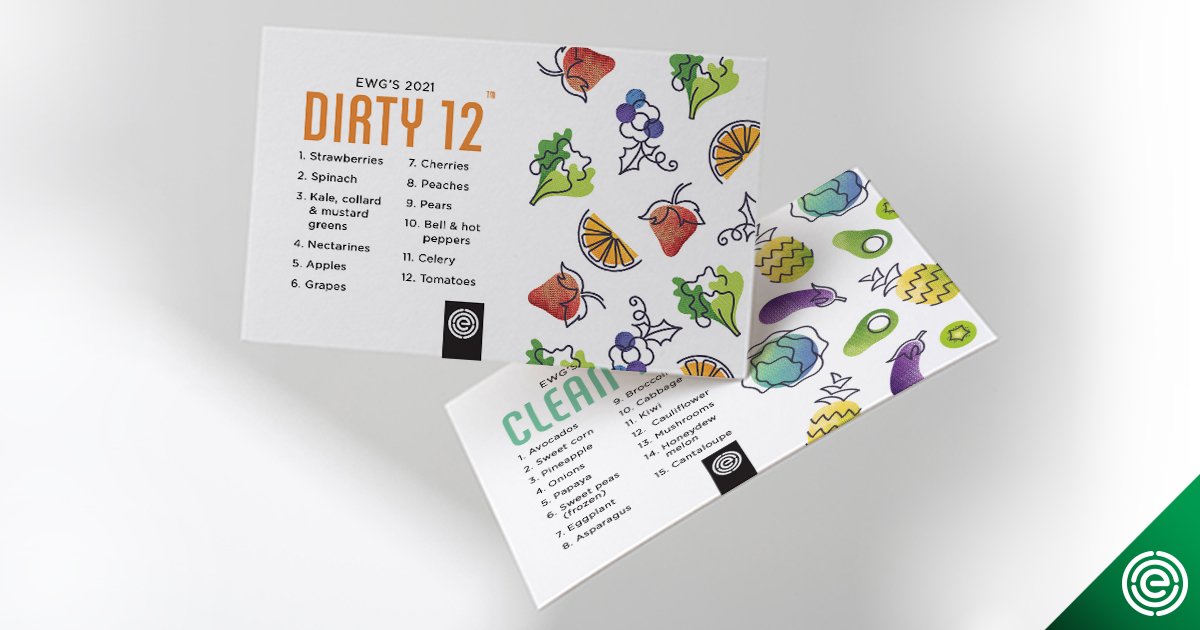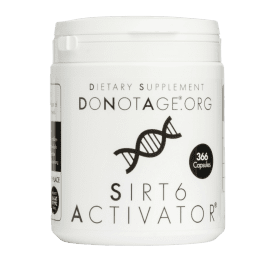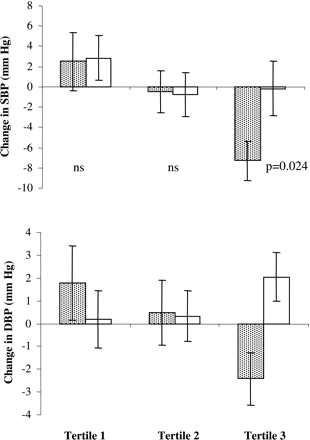David PS
Member
Natural polyphenols as sirtuin 6 modulators (2018)

Sirtuin 6 - Wikipedia
For my purposes, I think of SIRT6 as the Infrastructure Sirtuin. Here in the US, our infrastructure (roads and bridges) is crumbling and our aging infrastructure is in need of repair. SIRT6 is involved in infrastructure repair in mammals and as a general rule the more SIRT6 the better. More is better especially as we age. The decline in SIRT6 may be part of the reason for things not working as well in old age. Basically, everything is crumbling.

Two issues with berries are the calories and the cost.

Also,

 www.ewg.org
www.ewg.org
Flavonoids are polyphenolic secondary metabolites synthesized by plants and fungus with various pharmacological effects. Due to their plethora of biological activities, they have been studied extensively in drug development. They have been shown to modulate the activity of a NAD+-dependent histone deacetylase, SIRT6. Because SIRT6 has been implicated in longevity, metabolism, DNA-repair, and inflammatory response reduction, it is an interesting target in inflammatory and metabolic diseases as well as in cancer. Here we show, that favonoids can alter SIRT6 activity in a structure dependent manner. Catechin derivatives with galloyl moiety displayed significant inhibition potency against SIRT6 at 10µM concentration. The most potent SIRT6 activator, cyanidin, belonged to anthocyanidins, and produced a 55-fold increase in SIRT6 activity compared to the 3–10 fold increase for the others. Cyanidin also significantly increased SIRT6 expression in Caco-2 cells. Results from the docking studies indicated possible binding sites for the inhibitors and activators. Inhibitors likely bind in a manner that could disturb NAD+ binding. The putative activator binding site was found next to a loop near the acetylated peptide substrate binding site. In some cases, the activators changed the conformation of this loop suggesting that it may play a role in SIRT6 activation.
Sirtuin 6 - Wikipedia
For my purposes, I think of SIRT6 as the Infrastructure Sirtuin. Here in the US, our infrastructure (roads and bridges) is crumbling and our aging infrastructure is in need of repair. SIRT6 is involved in infrastructure repair in mammals and as a general rule the more SIRT6 the better. More is better especially as we age. The decline in SIRT6 may be part of the reason for things not working as well in old age. Basically, everything is crumbling.
SIRT6 in Vascular Diseases, from Bench to Bedside
Anthocyanins in Chronic Diseases: The Power of Purple
The common dietary sources of anthocyanins are berries, cherries, peaches, grapes, pomegranates, plums, blackcurrants, red onions, red radishes, black beans, eggplants, purple corn, purple carrots, red cabbages and purple sweet potatoes [36]. The average daily intake of flavonoids in 1183 middle-aged Australian men and women was 625.51 ± 578.87 mg/day including 32.88 ± 24.22 mg/day anthocyanins with roughly half or 14.54 ± 12.07 mg/day as cyanidins [37]. The main sources of cyanidins were apples/pears (38%), canned fruits/fruits in juices/syrups (28%), berries (12%), plums (10%) and raisins/sultanas (9%). The bioavailability of flavonoids is quite low with only 1–2% of intact anthocyanins found after oral ingestion [38]. However, this value may be an under-estimate as bioactive metabolites from the gut microbiota may not be measured and anthocyanidin metabolites may be extensively degraded during storage of plasma before analysis [38]. Recent studies have compared the bioactivity of anthocyanins with their catabolites and gut microbiota metabolites. These studies have postulated that the bioactivity of anthocyanins results from exposure to a range of catabolites of anthocyanins, which can modulate inflammatory and cellular adhesion pathways [39,40].
Anthocyanin contents of these fruits and vegetables vary across plant species and cultivars along with differences introduced by environmental factors including light and temperature [36]. Berry fruits, the most popular and the richest source of anthocyanins, include blackberries (70.3 to 201 mg/100 g) [41], strawberries (20 to 60 mg/100 g) [42], blueberries (57 to 503 mg/100 g) [43], cherries (680 mg/100 g) [44], currants (0.205 to 2.253 mg/100 g) [45], chokeberries (141 to 2468 mg/100 g) [46], gooseberries (30 to 223 mg/100 g) [47], elderberries (670 mg/100 g) [44] and lingonberries (27.4 to 52.6 mg/100 g) [48]. The Saskatoon berry (Amelanchier alnifolia) native to Canada contains increased amounts of anthocyanins compared to many other berries (294 mg/100 g) [49]. The anthocyanins of these cold-climate berries are cyanidin 3-galactoside, cyanidin 3-glucoside and other cyanidin glycosides, delphinidin 3-glucoside, malvidin 3-glucoside and malvidin 3-galactoside [50,51]. Queen Garnet plums (Prunus salicina Lindl., a variety of Japanese plum) contain ~180 mg/100 g anthocyanins mostly as cyanidin 3-glucoside [52].
Apart from fruits and vegetables, anthocyanins are also present in black-, purple-, blue-, pink-, red- and brown-coloured varieties of cereals such as corn, rice, wheat, rye, barley and sorghum [53,54,55]. These coloured cereals can form a valuable supplement to standard human diets by providing both fibre and anthocyanins for additional health benefits.
Two issues with berries are the calories and the cost.
There Ain't No Such Thing as a Free Lunch (TANSTAAFL)

Also,

Dirty Dozen™ Fruits and Vegetables with the Most Pesticides
Check out EWG's Dirty Dozen list to help decide when you should splurge for organic produce – part of our annual Shopper’s Guide to Pesticides in Produce™


